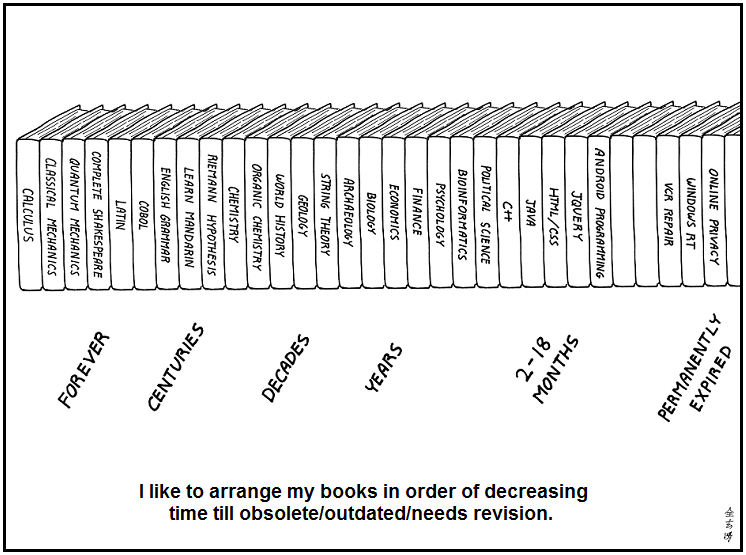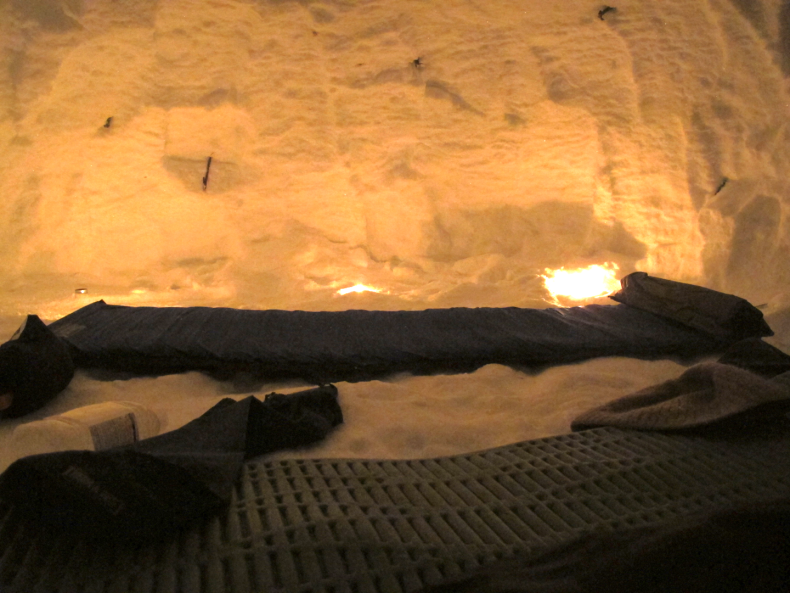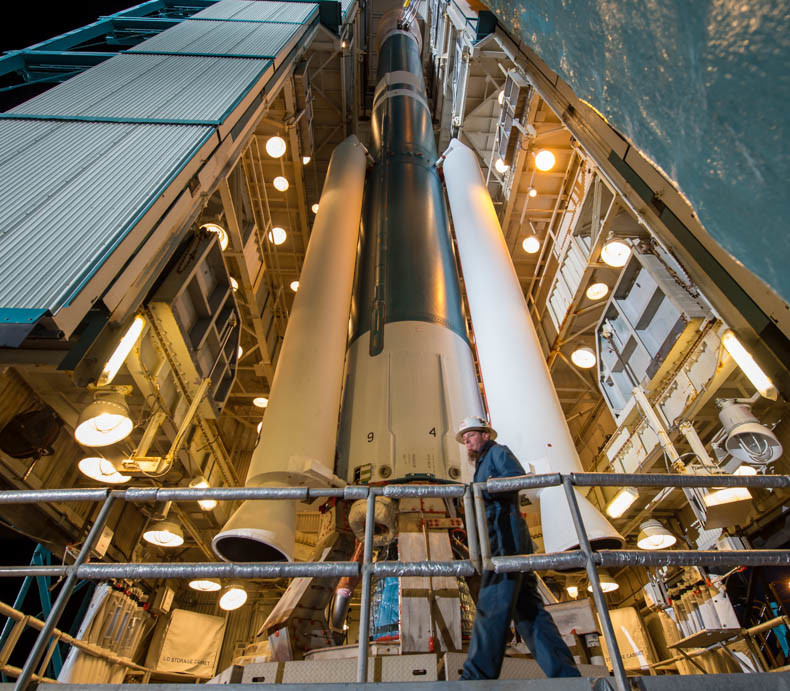February 2 – 6
Ann gave us a posthumous profile of Charles Hard Townes, whom you can thank for astronomers being able to peer inside the centre of the Milky Way, and for conscientious physicists advising the US Defense Department without being muzzled.
Fancy a moth in maroon velvet? Grotesque ripple-lines? Giddy exclamation points and mindblown italics? Check out Roberta’s tour down the rabbit hole of hundred-year-old scientific papers.
Abstruse Goose advances a bold idea about how to organise your bookshelf (n.b. baby sleep books go next to VHS Repair)
Richard wants to know if the workings of general relativity are part of the mainstream of your thoughts. Does it blow your mind or is it just meh, gravity curves the spacetime around an object. Sure.
Do birds have tongues? You bet they do. Cameron surveys a few shocking varieties.
____________
image: shutterstock

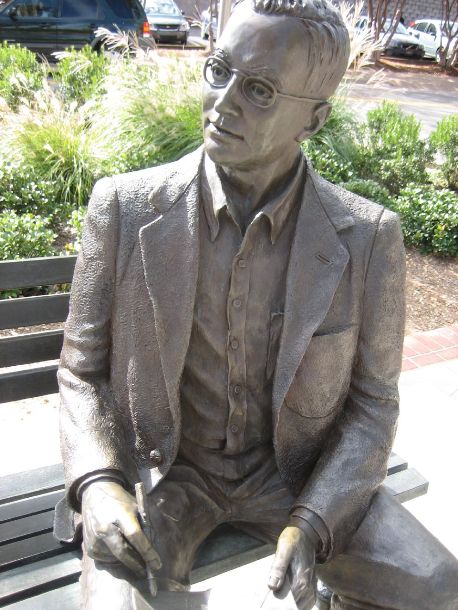

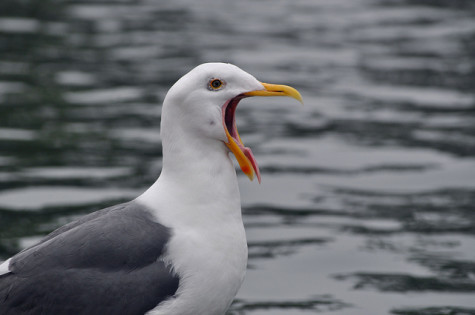 The other day while we were playing at a nearby park, a woman got out of her car and swooped over to where my sons and their friends were trying to flip over small boulders. She had these awesome knee high boots, and bright red lipstick. Seeing her reminded me what happens to everyman hero Emmet in The Lego Movie’s everyman when he first sees master-builder WyldStyle—the world goes fuzzy, and the screen is filled with her smile, her stiffly swooshing hair and an angel choir soundtrack.
The other day while we were playing at a nearby park, a woman got out of her car and swooped over to where my sons and their friends were trying to flip over small boulders. She had these awesome knee high boots, and bright red lipstick. Seeing her reminded me what happens to everyman hero Emmet in The Lego Movie’s everyman when he first sees master-builder WyldStyle—the world goes fuzzy, and the screen is filled with her smile, her stiffly swooshing hair and an angel choir soundtrack.
